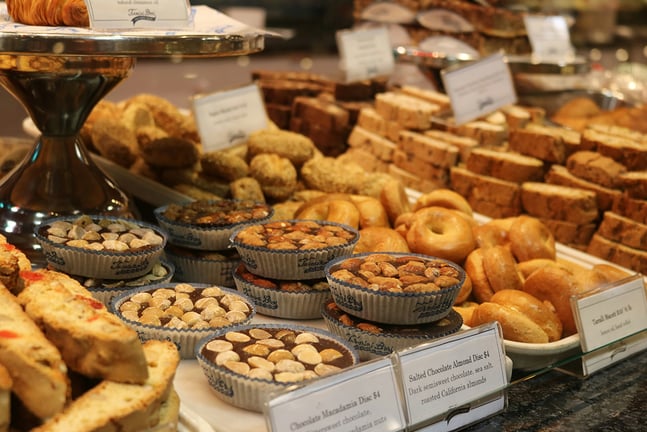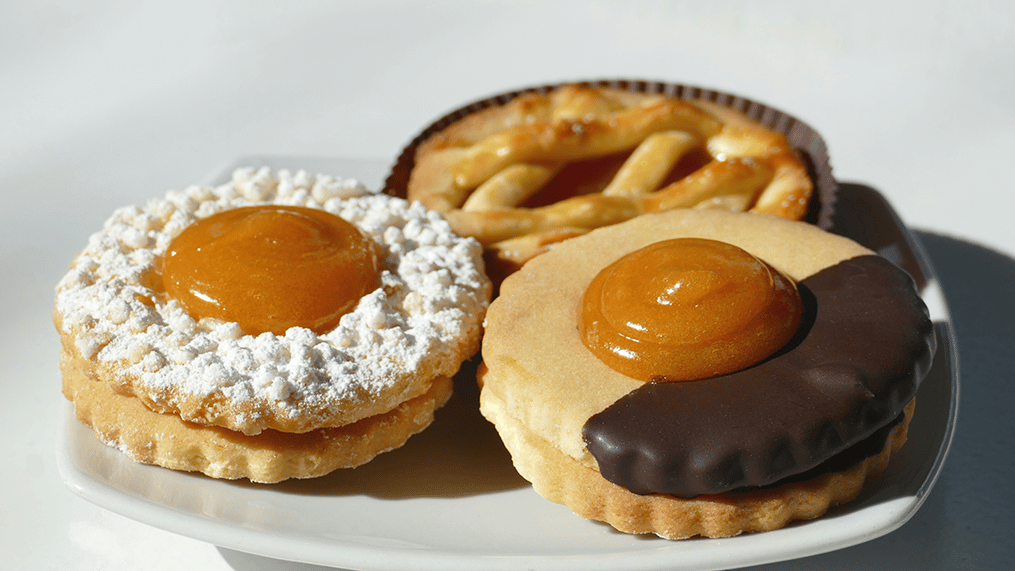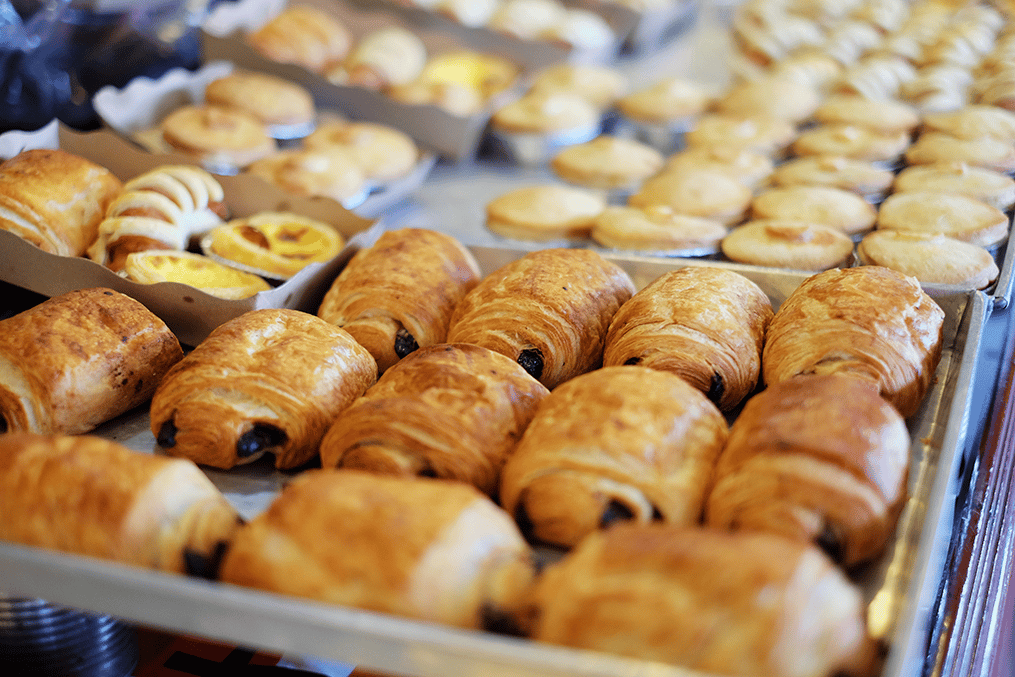- Home
- Articles
- From An Easy Sweet Dish Recipe in Egypt to French patisseries, Pastries have a rich history
Long before you could look up “french dessert recipes easy to make” buttery pastries were slowly simmering and developing amid power struggles and rise and fall of empires

Today pastries are mostly associated with the French who are masters of the buttery laminated dough and have the most delish dessert recipes. There are also the not-so-polished versions in other countries where the dough for pastries tends to me more denser perfect for making crusts and tart shells. However, the magnificence of pastries is not restricted to France and Europe alone, it goes beyond its borders and has a rich history that spans centuries. In fact, modern Europe is far from its place of origin and traders and artisans searching for greener pastures brought the knowledge with them to the Caucasian lands.
The Earliest Pastries

The Egyptians with their fertile Nile valley soil were able to cultivate wheat, although they weren't the ones who introduced wheat, and were the first ones to make some kind of pastry using wheat and honey with nuts and fruits added to them. These would be baked on hot stones, the first of its kind of baking known to domesticated men.
The Romans and Greeks followed suit picking up on the art of phyllo pastry, they took their sweet time with that. Like the Egyptians, they mixed it with natural sweeteners, mostly honey. They introduced honey cakes, fruit pastries, tarts and dumplings stuffed with dates and nuts, as the Arab and Turkish influences crept in. How do we know that? There are artefacts found in tomb paintings and in the Greek comic plays of Aristophanes.
As for the Romans, they needed something to cover the meats and savoury items they were cooking. They stretched a kind of basic pastry dough over them to create pies; the dough was made with flour, oil, and water and it protected the meat from burning and kept it moist. But they used it as a kind of tool, kind of a lid of sorts. It used to be discarded after the dish was cooked. Butter back then was yet to make a debut and be known to man to make the pastries we know today. By now bits and parts of Europe were eating butter, and desserts were still a far-fetched idea.
The Medieval Period

Nicknamed the Dark Ages or the Middle Ages, it began around 476 AD with the fall of the Roman Empire. It lasted some 1000 years and amid power struggles, one good thing to come out of it is the earliest form of the puff pastries and shortcrust pastries. Because of its luxurious ingredients, only the wealthy could afford it. The Crusaders would frequently clash with other groups and bring spices from the Middle East back to modern-day Europe; the spices were expensive, not being indigenous. Pastry chefs started popping up and they became highly skilled and sought after and their fare would feature at royal feasts. We need to mention that butter had got them hooked, both royals and peasants but in baking, perhaps not so much.
Fast forward around a thousand years later, pastries found their first mention in the English cookbook “Forme of Cury”, around the late 1300s. Dense versions were still ruling the pastry scene as the cookbook published recipes for “chastletes” and “coffins”, which were the early forms of pies and tart shells. To make the dough, most of these pastries used a lot of egg yolks and a tiny bit of saffron to dye the dough yellow.
Then rolled in the 17th century, which witnessed the emergence of hot water crust pastry and intricately hand-formed game pies as centrepieces adorning banquet tables and grand celebrations. As this art of pastry-making gained favour from royalty, the ingredients made them unaffordable for the poor, and British bakers started devising elaborate decorative techniques. They found inspiration across the Channel, where culinary advancements in France were unfolding.
The French Connection

Now, comes the turn for the French, legend has it that puff pastry originated around 1645 through the accidental creation of a French painter and cook's apprentice named Claude Gelée. While attempting to prepare a rolled butter cake for his ailing father, Gelée inadvertently developed a laminated dough. The earliest known British account of puff pastry appears in a 1692 handwritten manuscript by Hannah Bisaker, detailing a recipe for "puff paist" that called for layering small pieces of butter within the flour dough before folding and rolling three times.
Slowly there was an uptick of French pastry chefs crafting the delicate, flaky pastries we cherish today. One such creation, the croissant, is believed to have its roots in Vienna during the late 1600s, born to commemorate the victory over the Ottoman Empire. This Viennese pastry then made its way to France, where it underwent refinement to achieve its signature buttery, layered texture.
Innovations persisted into the 1800s as French pastry artisans crafted more buttery delights like the éclair, surfacing in the early 19th century, and the mille-feuille, also dubbed the Napoleon, emerging in the mid-1800s. The rest of the world was also doing its own thing and China had its pastry called Mooncakes an integral part of the Mid-Autumn Festival while South America has its Empanadas.
Like This Article?
More Like This




Popular Articles





Trending Web Stories
Curated Recipes


















